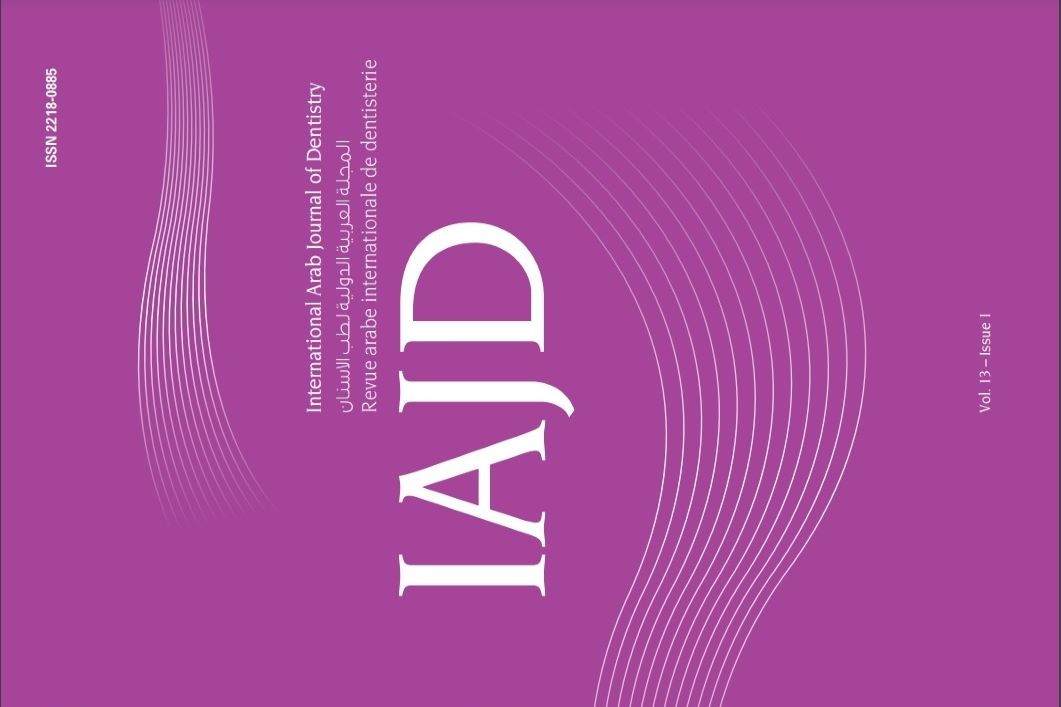Abstract
Introduction: Facial asymmetry is a common problem that varies in severity between individuals depending on several factors and origins and affects facial beauty. Therefore, the two objectives of this study are to first determine the level of facial attractiveness in an adult woman with different degrees of deviation of the chin and mandible. The second is to measure the difference in perception of the degrees of asymmetry and to judge the facial attractiveness between several evaluator groups.
Material and Methods: An adult woman with a symmetrical face was photographed. The image was then modified using Adobe Photoshop into two series. The first was with deviation of the chin to the right generating 5 photographs. The second one was with deviation of the mandible to the right resulting in 5 other photos.
After that, the images were presented in a questionnaire to 180 evaluators. Finally only 135 rated the attractiveness of each face using the VAS scale; divided into 38 dentists, 35 orthodontists and 57 laypeople.
Results: In both series, orthodontists determined facial asymmetry from 2 mm deviation of the chin and mandible. On the other hand, dentists noticed the asymmetry starting from 4 mm of chin deviation and 2 mm of mandibular deviation and laypeople from 4 mm of chin deviation and 2 mm of mandible deviation. For the two series, the difference was not significant between the two sexes.
Conclusion: Orthodontists were the most sensitive to detecting asymmetry and there was no significant difference between the results of dentists and laypeople.
References
2. Perrett DI, Burt DM, Penton-Voak IS, Lee KJ, Rowland DA, Edwards R. Symmetry and Human Facial Attractiveness. Evol Hum Behav. 1999 Sep;20(5):295–307
3. Yadav S, Dhupar V, Akkara F. Surgical Orthodontic Treatment Of Skeletal Class Iii Facial Asymmetry. The Internet Journal of Bioengineering. 2010;5(1)
4. Chia MS, Naini FB, Gill DS. The Aetiology, Diagnosis and Management of Mandibular Asymmetry. Orthodontic Update. 2008 May; 1: 44-52.
5. Haraguchi S, Iguchi Y, Takada K. Asymmetry of the face in orthodontic patients. Angle Orthod. 2008 May;78(3):421-6.
6. Naini FB, Donaldson AN, McDonald F, Cobourne MT. Assessing the Influence of Asymmetry Affecting the Mandible and Chin Point on Perceived Attractiveness in the Orthognathic Patient, Clinician, and Layperson J Oral Maxillofac Surg. 2012; 70:192-206. doi: 10.1016/j.joms.2010.12.055
7. Nur RB, Çakan DG, Arun T. Evaluation of facial hard and soft tissue asymmetry using conebeam computed tomography. Am J Orthod Dentofacial Orthop. 2016;149(2): 225-237
8. Dalla Corte CC, Silveira BL , Marquezan M. Influence of occlusal plane inclination and mandibular deviation on esthetics[En ligne]. Dental Press J Orthod.2015 Sept-Oct; 20(5):50-7.doi: : http://dx.doi.org/10.1590/2177-6709.20.5.050-057.oar.
9. Jaroz K, Bosio J, Bloomstein R, Jiang S, Vakharia N, Cangialosi T. Perceptions of chin asymmetries among dental professionals and laypersons. Am J Orthod Dentofacial Orthop. 2020 Sept;154(2):201-212 DOI: https://doi.org/10.1016/j.ajodo.2017.11.029
10. Gribel BF, Thiesen G, Borges TS, Freitas MPM. Prevalence of mandibular asymmetry in skeletel class I adult patients. J Res Dent. 2014 May 3;2(2):189.
11. Zamanian N, Jafari-Naeimi A. The Perception of the Severity of Facial Asymmetry among Laypersons, General Practitioners, Orthodontists, and Maxillofacial Surgeons. J Dent (Shiraz). 2021;22(2):102-108. doi:10.30476/DENTJODS.2020.84790.1103
12. Silva NCF, Aquino ERB, Mello KCFR, Mattos JNR.Orthodontists’ and laypersons’ perception
of mandibular asymmetries. Dental Press J Orthod. 2011 July-Aug;16(4):38.e1-8.
13. Jackson TH, Mitroff SR, Clark K, Proffit WR, Lee JY, Nguyen TT. Face symmetry assessment
abilities: Clinical implications for diagnosing asymmetry. Am J Orthod Dentofacial Orthop.
2013;144(5):663-71. DOI: 10.1016/j.ajodo.2013.06.020
14. Ruellas ACO, Koerich L, Baratieri C, Mattos CT, Alves Junior M, Brunetto D, Eidson L.
Reliability of CBCT in the diagnosis of dental asymmetry. Dental Press J Orthod. 2014 Mar-
Apr;19(2):90-5. doi: http:// dx.doi.org/10.1590/2176-9451.19.2.090-095.oar.
15. Wolanski RB, Gasparello GG, Miyoshi CS, Guimarães LK, Saga AY, Tanaka OM.
Evaluation of the perception of smile esthetics, in frontal view, with mandibular
laterognatism, through the eye-tracking technique. J Orthod Sci [Internet]. 2020 Jul 15 [cited
2020 Oct 30];9. Available from: https://www.ncbi.nlm.nih.gov/pmc/articles/PMC7585464/
16. McAvinchey, G, Maxim, F, Nix, B, Djordjevic, J, Linklater, R & Landini, G.‘The perception
of facial asymmetry using 3-dimensional simulated images’. Angle Orthod.2014;84(6):957–
965.DOI: 10.2319/120213-888.1

